AMD Radeon Live Blog - AMD Presents: The New Era of PC Gaming
by Ryan Smith & Brandon Chester on June 16, 2015 12:00 PM EST
12:05PM EDT - AMD is talking about the rise of e-sports gaming
12:06PM EDT - Display resolutions are rapidly increasing. 4K monitors have dropped from $3000 to $400-600
12:06PM EDT - Smooth frame rates have become another area of focus, in addition to simply having a high frame rate
12:07PM EDT - Virtual reality is also an area that AMD sees as rapidly expanding
12:07PM EDT - VR requires exceptionally high frame rates and low latency
12:08PM EDT - Okay, after some WiFi problems we';re here
12:08PM EDT - Now on stage: Devin Nekechuk to introduce the Radeon 300 series
12:09PM EDT - AMD is starting off by talking about the R7 and R9 300 series cards.
12:09PM EDT - First up, R7 360
12:11PM EDT - AMD is discussing VSR. Not exclusive to the 300 series though.
12:13PM EDT - First card is the R7 360, the base of the line.
12:13PM EDT - R7 370 is next. $149 and up to 4GB of VRAM. Not clear if those two go together, as they said "up to"
12:14PM EDT - Now moving onto cards for more intensive games, and for gaming at higher resolutions
12:15PM EDT - Next is the R9 380. AMD claims it can power 1440p. Starts at $199, up to 4GB VRAM.
12:15PM EDT - R9 390 and 390X start at $329 and $429. Both have 8GB of GDDR5. Meant for 4K gaming
12:17PM EDT - Now talking about DX12
12:17PM EDT - DX12 launching with Win10, July 29th is not far away
12:18PM EDT - AMD now inviting up some game developers and a Microsoft developer
12:19PM EDT - Developers seeing significant CPU usage reductions with DX12
12:21PM EDT - Now talking to the developer from Lionhead about DX12 in the Fable series
12:22PM EDT - Asynchronous shaders to execute shading concurrently with other rendering are an important feature
12:23PM EDT - Windows 10 beta of Fable Legends coming in the near future.
12:24PM EDT - Now on display: Stardock/Oxide's Ashes of the Singularity
12:24PM EDT - Now talking about RTS games
12:25PM EDT - Oxide is going to be one of the first companies to really use DX12. They're looking to push a lot of draw calls
12:25PM EDT - RTS games have traditionally had to swap to 2D sprites when characters are too far away. Not required with DX12.
12:26PM EDT - CPU power freed up by using DX12 can be put into making more complex AI
12:27PM EDT - Alpha this Thursday
12:27PM EDT - Now moving onto VR. AMD's Richard Huddy is back on stage
12:29PM EDT - Anuj Gosalia of Oculus is talking
12:30PM EDT - AMD is going to be banking hard on VR for this generation. From a business standpoint it requires lot of GPU power, and from a tech standpoint they have what should be a good solution
12:31PM EDT - Low latency is the big focus in VR
12:31PM EDT - Now discussing how Oculus is using AMD's LiqudVR tech, which was first announced back at GDC in March
12:32PM EDT - Oculus has been working with AMD to use their LiquidVR tech
12:32PM EDT - Direct hardware access for low latency, multi-GPU per-eye rendering, async shading/warping, etc
12:32PM EDT - Oculus has shipped 150K dev kits (wow)
12:33PM EDT - Oculus has shipped 150,000 dev kits so far
12:33PM EDT - And of course, the final consumer Rift ships in Q1 of next year
12:35PM EDT - For AMD GPUs, Oculus is recommending R9 290/390 and higher
12:35PM EDT - Recommended GPU spec for Oculus is the R9 290 or faster
12:35PM EDT - This is consistent with their earlier developer target recommendation of R9 290
12:36PM EDT - Now speaking, CCP on EVE: Valkyrie
12:36PM EDT - They've been one of the darling early VR demos, and will be shipping on PC and PS4 (Morpheus)
12:37PM EDT - Game will be released alongside the Rift, so Q1 2016 (it)
12:38PM EDT - Huddy now has the stage to himself again
12:38PM EDT - Discussing how VR is being used for non-gaming applications
12:38PM EDT - Now on stage, Katrina Craigwell from GE
12:39PM EDT - GE is using VR for brain imaging visualization
12:41PM EDT - And that's a wrap on GE
12:42PM EDT - Okay, time for the high-end GPU announcement
12:42PM EDT - (If you haven't already seen the leaks, well, then you'll probably be the only person surprised by this)
12:42PM EDT - Now on stage, Chris Hook of AMD. Director of marketing
12:43PM EDT - Leading into a discussion about small form factor PCs
12:44PM EDT - Presenting Project Quantum
12:44PM EDT - A custom SFF case
12:45PM EDT - Contains 2 of AMD's new Fiji GPUs
12:45PM EDT - Processors on the bottom, cooling on the top
12:45PM EDT - Now rolling a promo video
12:47PM EDT - Begun, the Closed Loop Liquid Cooler wars have
12:47PM EDT - The company has clearly taken what they've learned from R9 295X2
12:47PM EDT - Which, though $1500 was a successful product for a dual-GPU card and a solid design
12:48PM EDT - Now on stage, AMD's CEO, Dr. Lisa Su
12:48PM EDT - "Most complex and highest performance GPU we have ever built"
12:49PM EDT - There will be multiple products with Fiji
12:49PM EDT - AMD Radeon R9 Fury X
12:50PM EDT - 1.5x perf per watt of R9 290X
12:50PM EDT - R9 Fury (vanilla) will be air-cooled
12:50PM EDT - Cards will be in stores "very shortly"
12:51PM EDT - AMD Radeon R9 Nano
12:51PM EDT - Fiji in a a 6" card, half the power of 290X
12:51PM EDT - (Sounds like it's significantly cut down from full Fiji)
12:51PM EDT - Nano will be available later this summer
12:52PM EDT - Finally, a dual-GPU card that's in the Quantum, but hasn't been named or shown
12:52PM EDT - Now on stage, Joe Marci, Raja Koduri, and Chris Hook again
12:53PM EDT - Raja is now explaining the human element behind designing Fiji
12:55PM EDT - Focus on 4K and HBM
12:55PM EDT - Specs
12:55PM EDT - 4069 stream processors, 8.9B transistors
12:55PM EDT - 4096 SPs, even
12:55PM EDT - 8.6 TFLOPs, 1050MHz core clock
12:56PM EDT - Also did some work on power management/efficiency, though now going in-depth at this time
12:56PM EDT - Raja is giving special credit to the board design team
12:57PM EDT - Joe now talking a bit more on HBM
12:58PM EDT - AMD has over the last several years been on the cutting edge of memory tech. 2015 and Fiji is no different
12:58PM EDT - HBM gets AMD more memory bandwidth, but also cuts down on memory power, giving them more power headroom for the GPU itself
12:59PM EDT - AMD will be putting HBM in more devices in the future (where costs make sense, of course)
01:00PM EDT - Raja has never been so excited in the last 20 years
01:01PM EDT - Laying the path for the future
01:01PM EDT - They see higher quality VR systems as requiring much, much more GPU performance
01:02PM EDT - The Holodeck concept and Eyefinity seems to have given way to VR and the holodeck on your head
01:03PM EDT - Joe is talking a bit about overclocking headroom. AMD says it should be a good overclocker
01:03PM EDT - Fury X goes on sale on the 24th
01:03PM EDT - $649
01:03PM EDT - Fury (vanilla) for $549 on July 14th
01:04PM EDT - Nano in the summer, dual-GPU card in the fall
01:04PM EDT - So the fight is set: Fury X needs to meet or beat NVIDIA's GTX 980 Ti. AMD is aiming to best NVIDIA's top Maxwell GPU
01:05PM EDT - To close things out, Huddy is back on stage
01:05PM EDT - Will be showing the PC version of Star Wars: Battlefront
01:06PM EDT - DICE's Lead Producer (whose name I couldn't type out fast enough) is now on stage
01:07PM EDT - Frostbite engine game, so they already have all the tech Johan Andersson has been working on
01:07PM EDT - Discussing the production of the game
01:09PM EDT - Rolling PC footage
01:10PM EDT - A very short clip indeed
01:11PM EDT - AMD will have it playable at SDCC next month
01:12PM EDT - Recap time
01:13PM EDT - That's a wrap
01:14PM EDT - Thanks for joining us, everyone







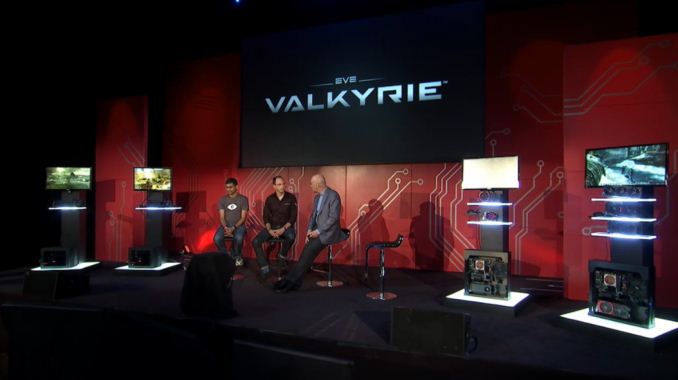
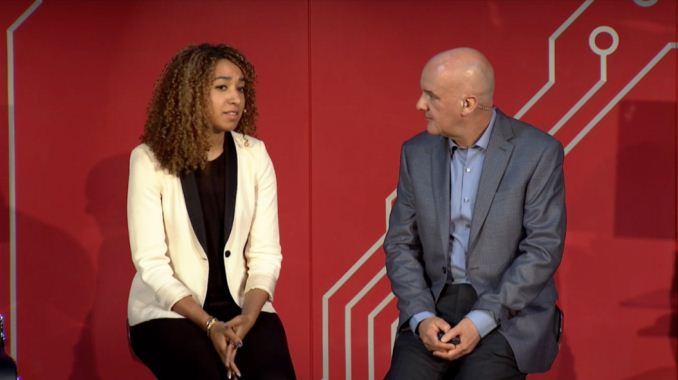
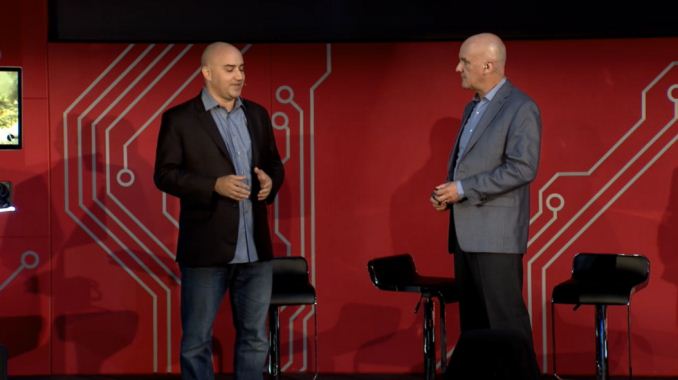
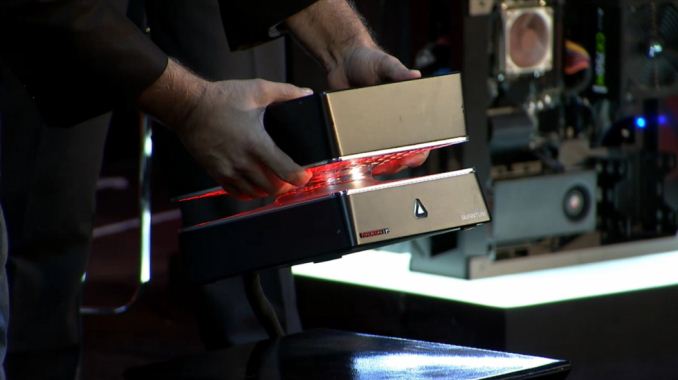
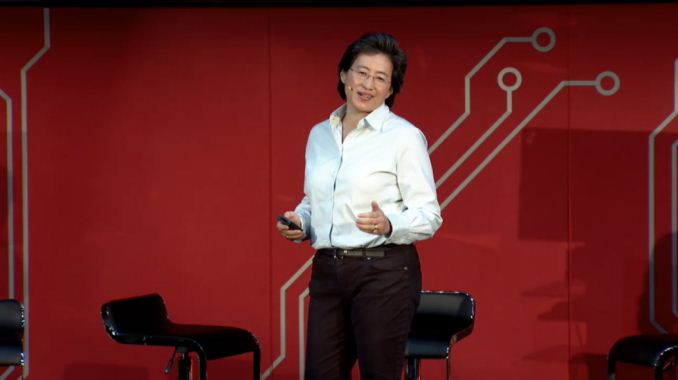

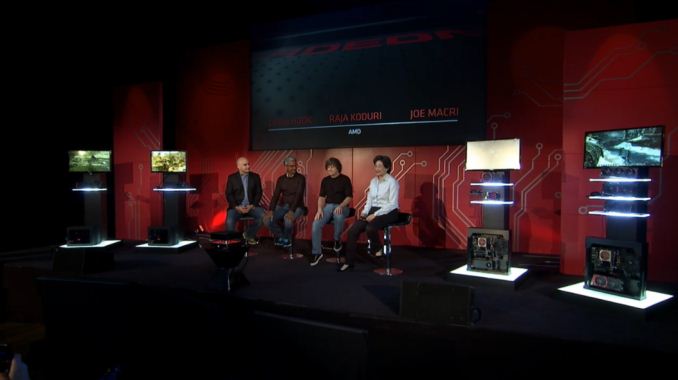
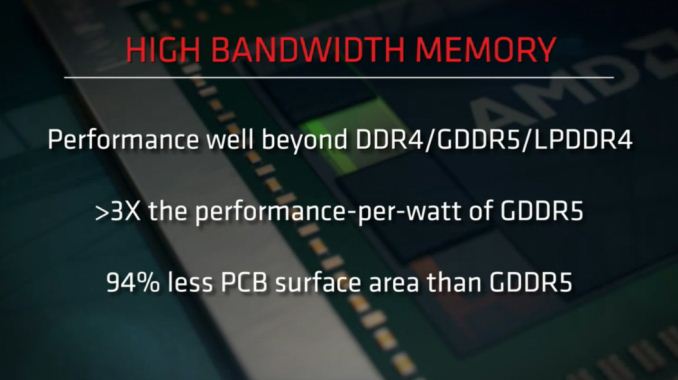
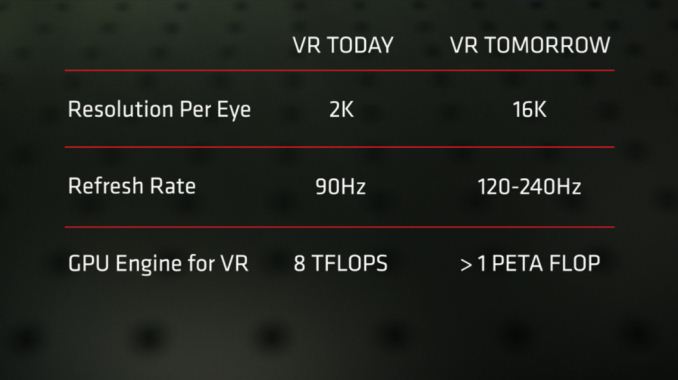

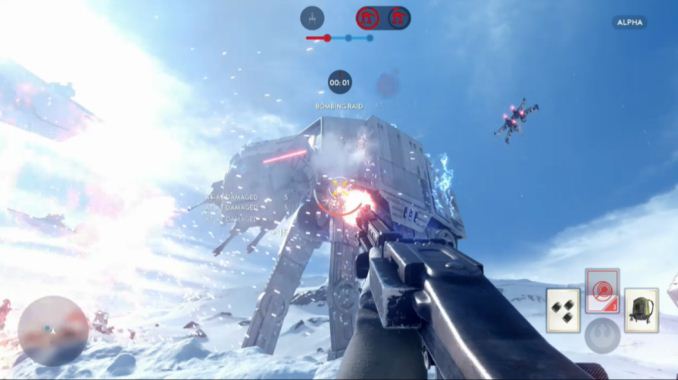








272 Comments
View All Comments
silverblue - Tuesday, June 16, 2015 - link
No, they're not. Samsung (and, by extension, GloFo) will have volumn production on 14nm in less than a year.Michael Bay - Tuesday, June 16, 2015 - link
More like 20nm, hehe.What`s more important, they`ll stay on this node for literally a decade, while Intel and to lesser extent IBM will keep moving.
errorr - Wednesday, June 17, 2015 - link
The "14nm" from Samsung and GloFo is low power optimized and probably unsuitable in the first instance for big gpu chips. I'd expect the SOC chips to be the first to get 14nm treatment.CiccioB - Thursday, June 18, 2015 - link
You do not have to expect nothing, as Samsung is already producing their SoC at 14nm and is selling them into Galaxy S6, for example. Next one to use it should be Qualcomm with their new Snapdragon 820 (after the epic fail of 810 on 20nm).extide - Tuesday, June 16, 2015 - link
Intel has 12nm fixed and is making the full range of chips on it, including the 660mm^2 Phi.extide - Tuesday, June 16, 2015 - link
I meant 14nm, of courseerrorr - Wednesday, June 17, 2015 - link
Yeah, the real proof is that the fpga is finally yielding in quantity.Gigaplex - Wednesday, June 17, 2015 - link
Exaggeration much? 10-15 years ago we were hovering around ~100nm.chizow - Tuesday, June 16, 2015 - link
@Hicks12, still can't admit the 300 series are just rebrands huh? lol. AMD can't spend the resources because they don't have them, they were too busy wasting resources on dead end APIs like Mantle. But why would they? To remain competitive and relevant maybe? The market didn't want their R9 200 series even after AMD was forced to drop prices, and they offer FAR better price:perf than these rebranded 300 series cards.Gigaplex - Wednesday, June 17, 2015 - link
The software engineers were working on Mantle, that didn't stop the hardware engineers from doing their own thing. They've had other issues regarding their hardware development, such as the delays from the fabs. They spend considerable hardware resources on developing 20nm products that they couldn't build, and it's no simple task to just move the new designs back to 28nm. NVIDIA suffered similar setbacks but were able to handle the situation a bit better.Oh, and the market did want the R9 series, especially during the cryptocoin boom. For some time they were considerably more expensive than the NVIDIA counterparts due to their superior compute performance. The market moves much quicker than the GPU development process, though.